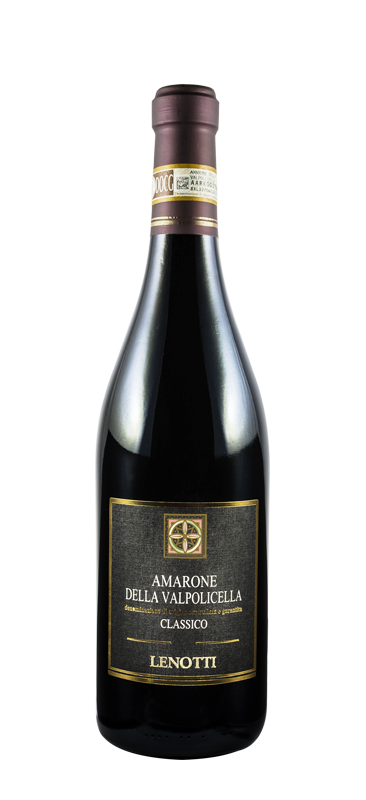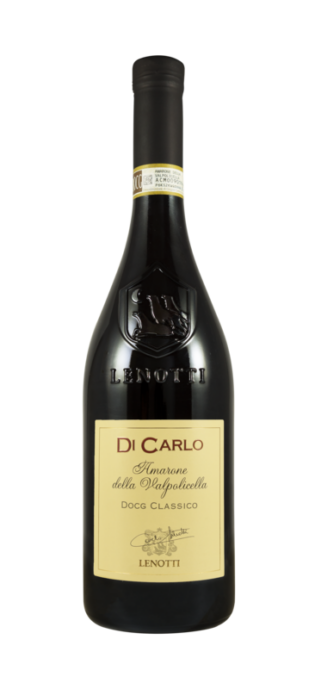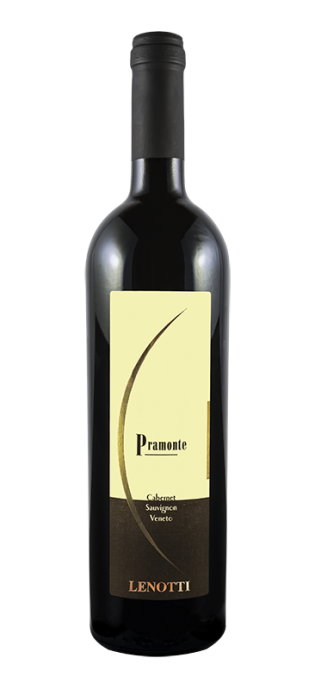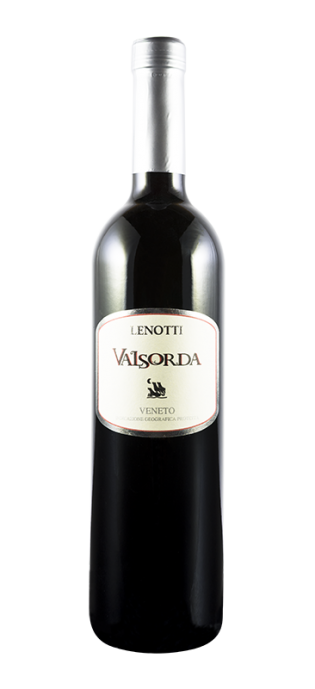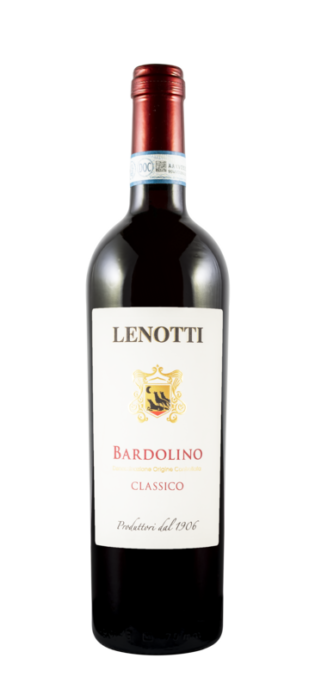0.47 g/l
Amarone della Valpolicella DOCG Classico
Alcohol: 15,5% vol.
Area of Production: Region: Veneto. Classic area of Valpolicella north of Verona. Estate in the hills near the village of S. Ambrogio di Valpolicella.
Grapes: Produced in extremely limited quantities only in the best years from the best red grapes of Valpolicella ( 70% Corvina, 25% Rondinella and 5% Oseleta) which dry out in cases until late winter and are traditionally vinified in January-February.
Soil composition: Argillaceous and calcareous grounds of glacial and alluvial origin.
Vinification and Production System: Soft pressing, slow fermentation (that can last also some months) at controlled temperature (22-23°C.), ageing in oak wood butts for 3-5 years, cold bottling in sterile bottling line.
Organoleptic Description: Dry, warm, full-bodied and intense wine; its flavours and scents are emphasized by the very long period of ageing in wood butts.
Color: Dark brick ruby red.
Bouquet: Ethereal, intense, with the scents of the selected wooden barrels.
Taste: Intense and velvety.
Serving Temperature: To be served at room temperature (18-19°C.), after having uncorked the bottle one hour before.
Preservation: Already adequately aged and ready for consumption, but that can be kept for several years without any problem. Store in a fresh, dry and dark place.
Gastronomic Suggestions: Wine for roasts and games, very pleasant at the end of the meal with mature cheeses. This exceptional wine needs to be savoured slowly to be appreciated in full.
| Total acidity: | 5.55 g/l |
| Sugar: | 9.00 g/l |
| Total SO2: | 110 mg/l |
| Free SO2: | 27 mg/l |
| Net dry extract: | 31.0 g/l |
| Volatile acidity: |
Many different versions have been reported about the origins of the name Amarone. The best known and most accredited one tells that Amarone was born, around 1936, from the forgetfulness of a Recioto barrel. The cellar master at the time, found the forgotten barrel and discovered a wine inside that, having prolonged its fermentation far beyond the “canonical” period, became dry and no longer as sweet as a good Recioto should be. When he tasted it, however, he was pleasantly struck by the fact that the wine had an incredibly smooth, fragrant and... distinctly bitter taste. (“bitter” translated in Italian language is “amaro”). In Italian language, by adding the three letters “one”' to an adjective or substantive means that the word is big, wide, enormous. So the wine not only was “bitter” (amaro), but very bitter... i.e. Amar..one. And so Amarone was born, which became popular with the original name, due precisely to its particular and unprecedented bitterish note.
However, the wine did not reach the market immediately, but only in the post-World War II period (late 1950s) when the taste for dry wine began to be popular.


